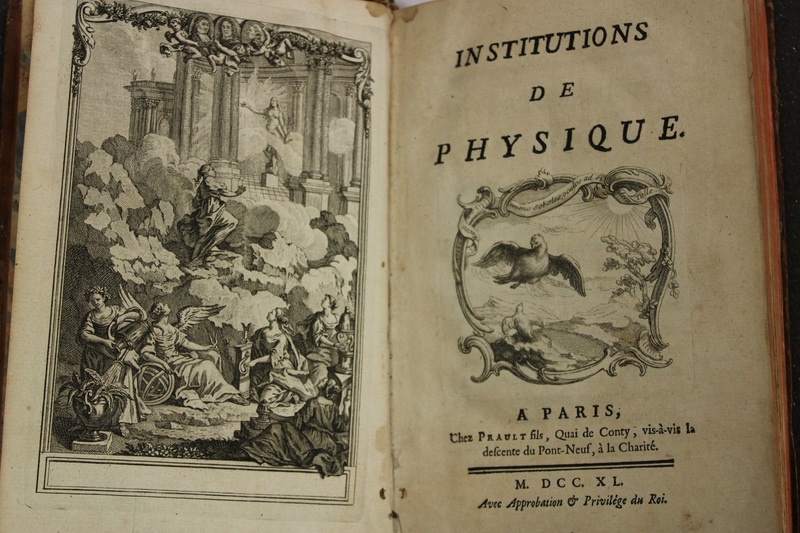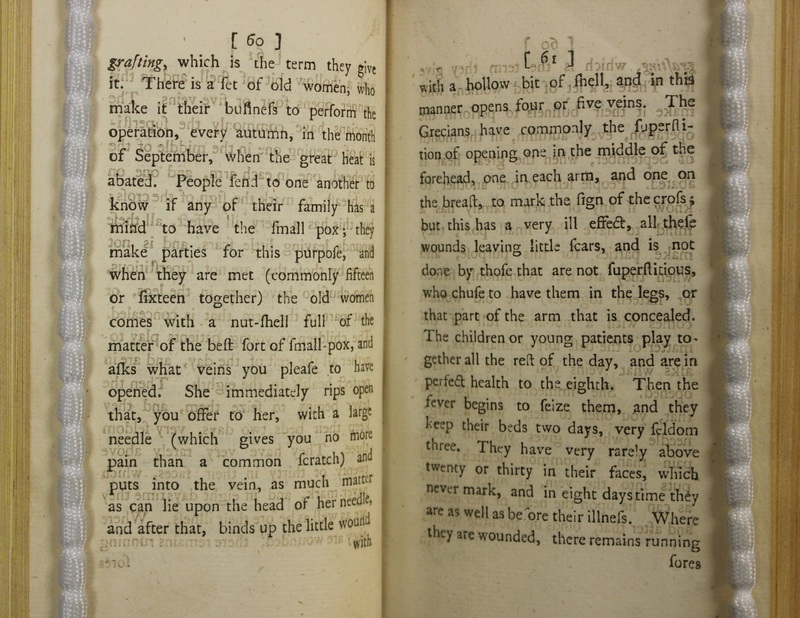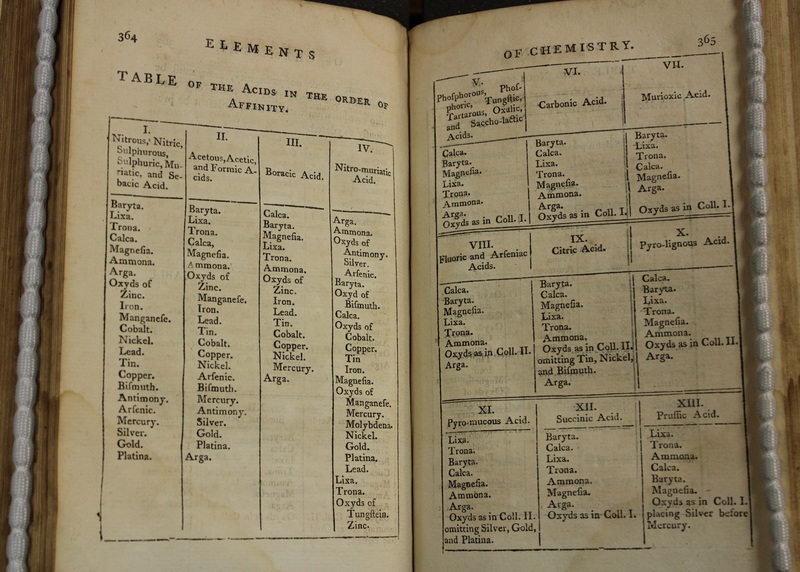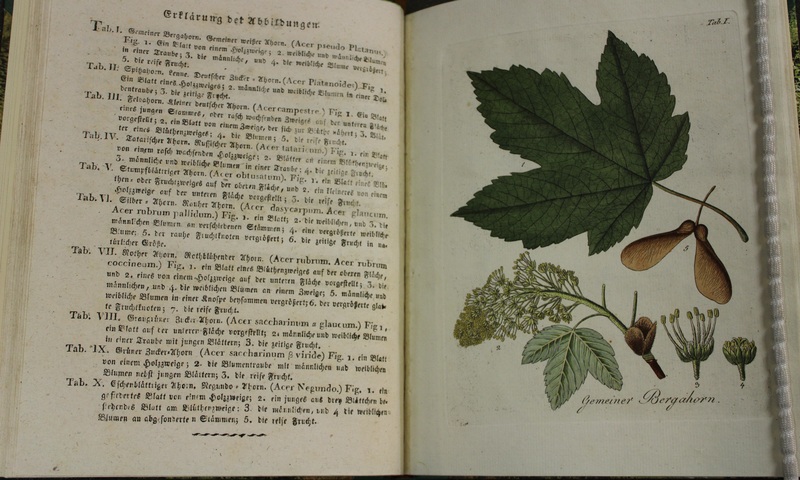Enlightenment to Modernity
Driven and financially supported by the cheap labour of enslaved persons and the enormous exploitation and extraction of wealth from overseas colonial possessions, the eighteenth century in Western Europe was paradoxically associated with significant secular advances in humanistic and scientific ideals — so much so that the era came to be characterised as the "Age of Enlightenment." During this time, the philosophical aesthetic of classical liberalism — charitably associated with rationalism, political activism, individual liberties, the belief in progress, and increased emphasis on education and social mobility — assumed pride of place in the self-conception of Western European societies and their colonial derivatives. This is also a time period when most scientific disciplines began to attain a fixed form and clear boundaries. These ideas gave rise to profound political changes and numerous genuine (if flawed) attempts to understand and ameliorate the human condition; they continue to animate us today.



